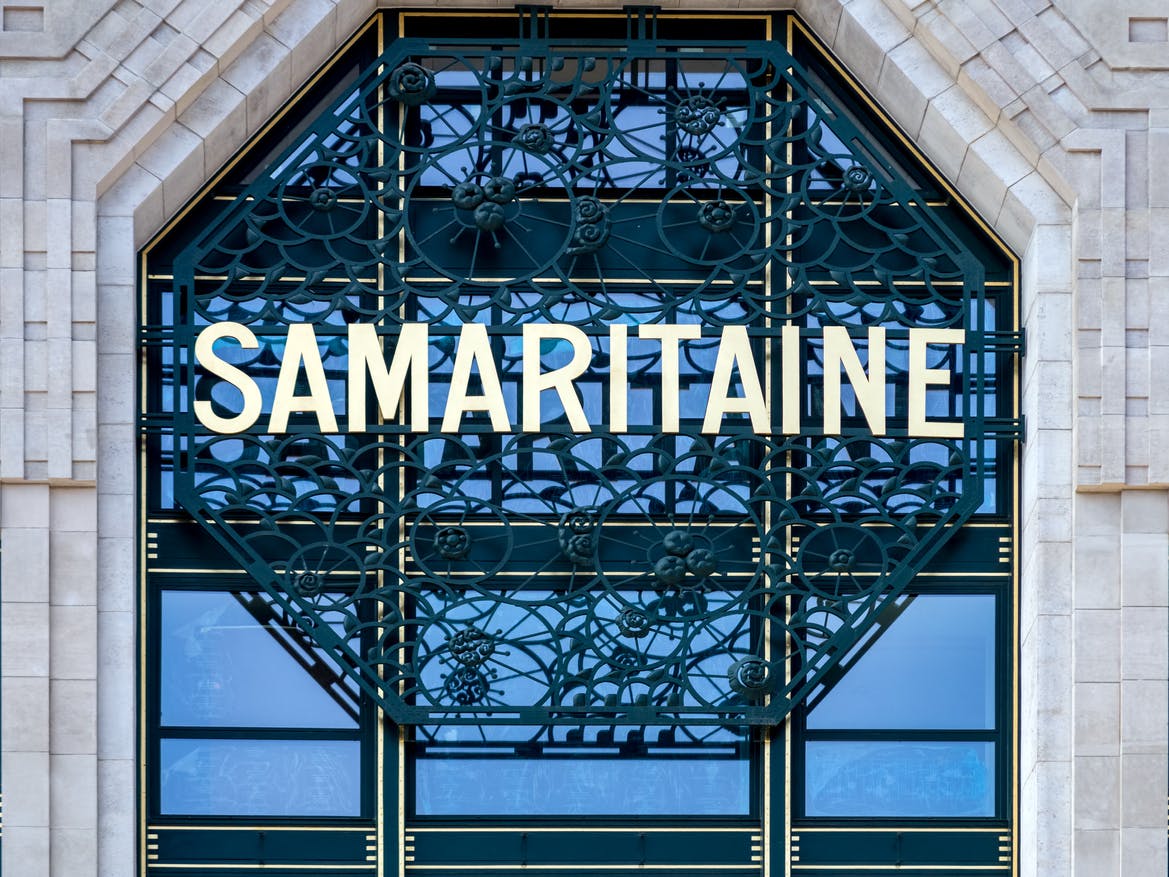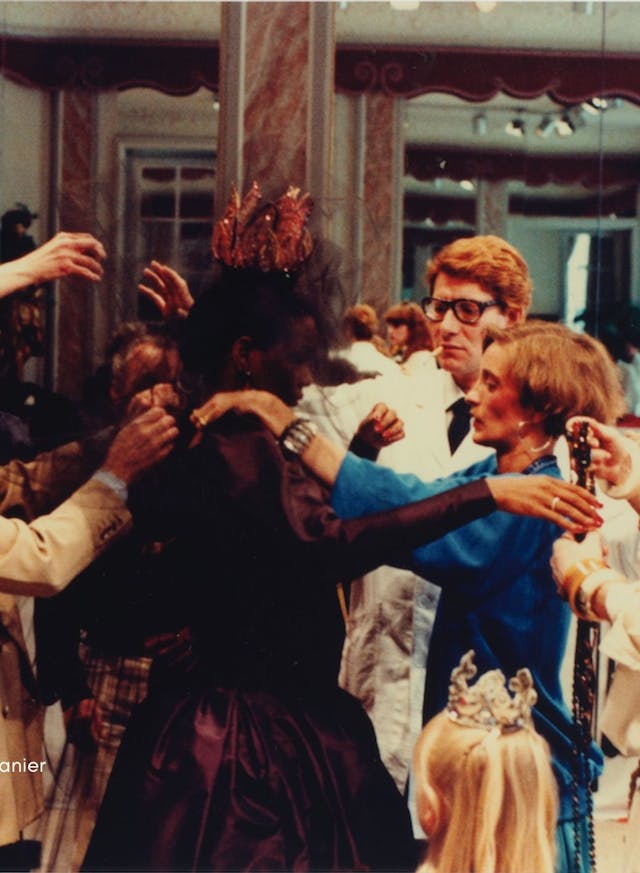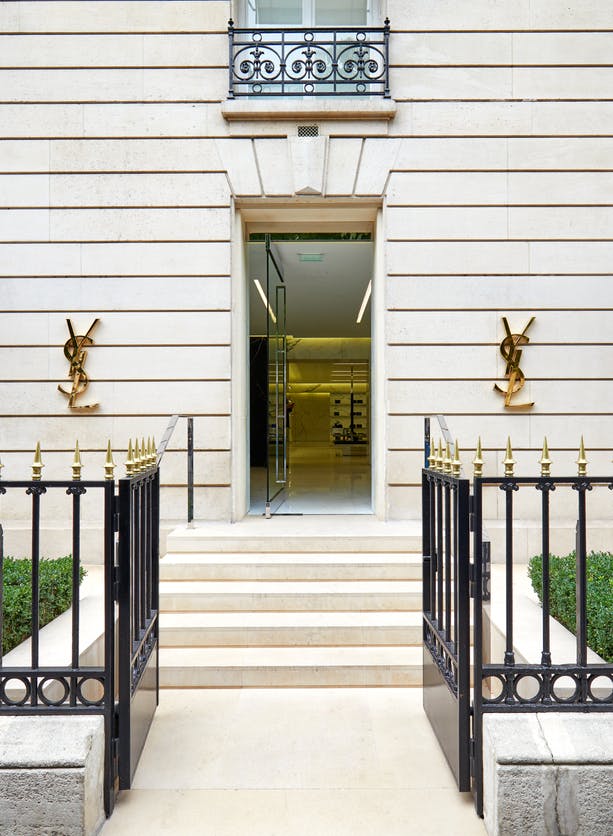
Caracter
Between Seine and Marais : The Samaritaine "the place to be".
Bordered by the Louvre to the west and the Centre Pompidou to the east, a new district, a veritable quadrilateral of Art and Luxury, is taking shape. Just a stone's throw from the Pinault Collection, housed in the completely restored Bourse building, is another architectural jewel: the Samaritaine, whose ambitious renovation by the LVMH group took over 15 years.
The history and architecture of this iconic building has been restored to its former magnificence.
With a focus on fashion (600 brands to choose from), gastronomy and the art of living, it's the must-attend Parisian event! For example, the 3,000 m2 beauty salon, designed by Hubert de Malherbe, is the largest of its kind in Paris.
It's hard to tell the story of the new Samaritaine without mentioning the history of this iconic building, which has been faithfully restored to its former magnificence. Ernest Cognacq, a brilliant merchant, founded the Samaritaine in 1870 and commissioned Frantz Jourdain to create a uniform architectural style. Jourdain created a luminous atrium with a staircase as monumental as it is ethereal, under a vast glass roof: a masterpiece of glass and metal architecture from the 1900s, highlighted by a fresco of peacocks in the purest Art Nouveau style.
The same style can be seen on the façade, with its magnificent polychrome enamelled lava tiles depicting bunches of yellow and duck blue flowers. The same Frantz Jourdain would again work on the architecture of the Samaritaine, but this time in the 1920s, in the company of Henri Sauvage, in a resolutely Art Deco style, for the creation of shop 2. Today, the building is beautifully sober and majestic, overlooking the Seine.
A third group of buildings, on the rue de Rivoli, now plays the modern rather than the heritage card. The original facades, which were less decorative in character, have been covered by a wavy glass facade designed by the Japanese agency Sanaa, responsible for the architecture of the Louvre Lens, opposite the Hôtel du Louvre Lens. The whole complex, although not uniform in the slightest, is a success story of urban coherence and, for its exceptional architecture, deserves an in-depth visit - guided tours are organised by the shop.
By the way, do you know where the name Samaritaine comes from? From a bas-relief carved on a water pump located on the Pont Neuf and built at the time of Henri IV. It depicted the episode of Christ's encounter with the Samaritan woman at Jacob's well. Ernest Cognacq, who, before opening his first shop on rue de la Monnaie, used to stand outdoors in one of the baskets on Pont Neuf, close to the Samaritaine water pump, is said to have taken the name in a nod to the origins of his commercial and financial success! And don't forget, after visiting and shopping, to make a gastronomic stop at the shop's food court. Why not try one of Matthias Giroud's original cocktails in the comfortable Voyage areas?
Published on 22/11/2023






